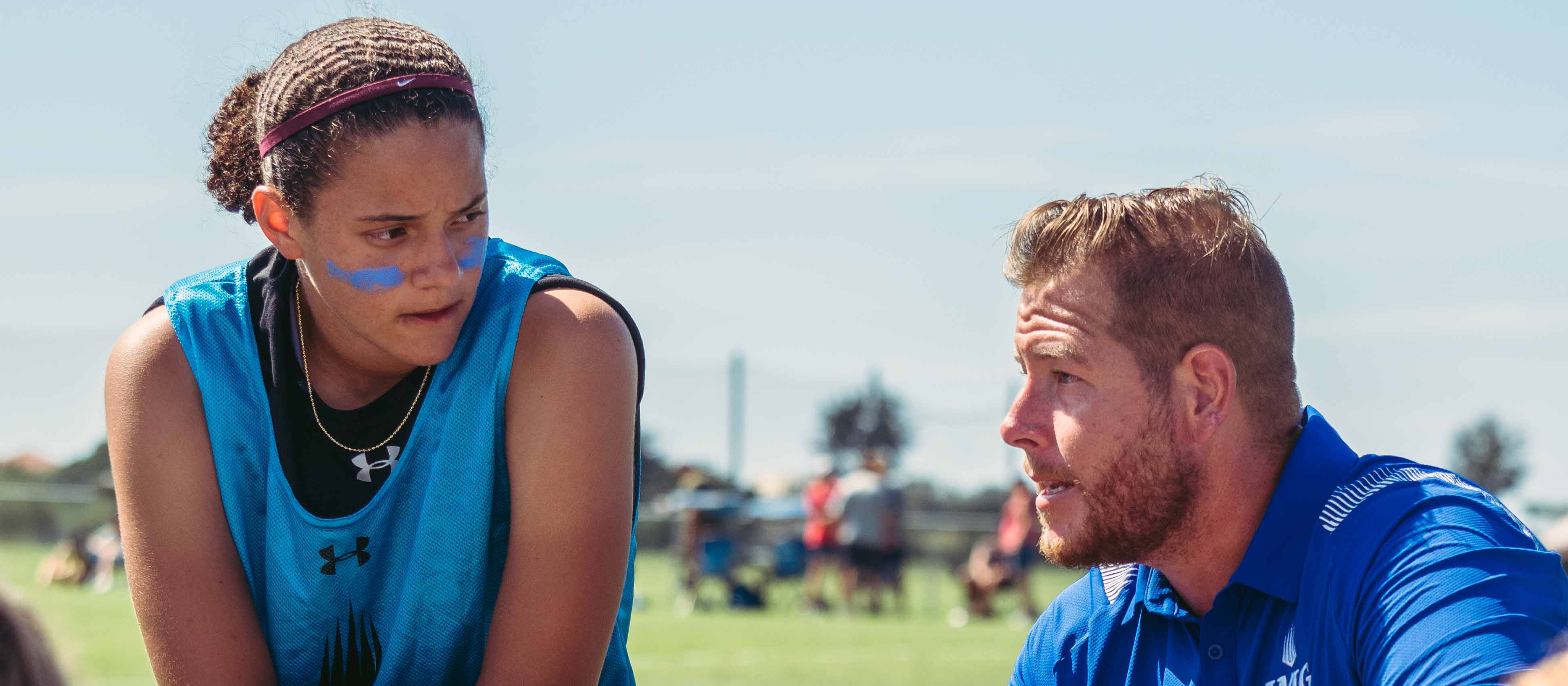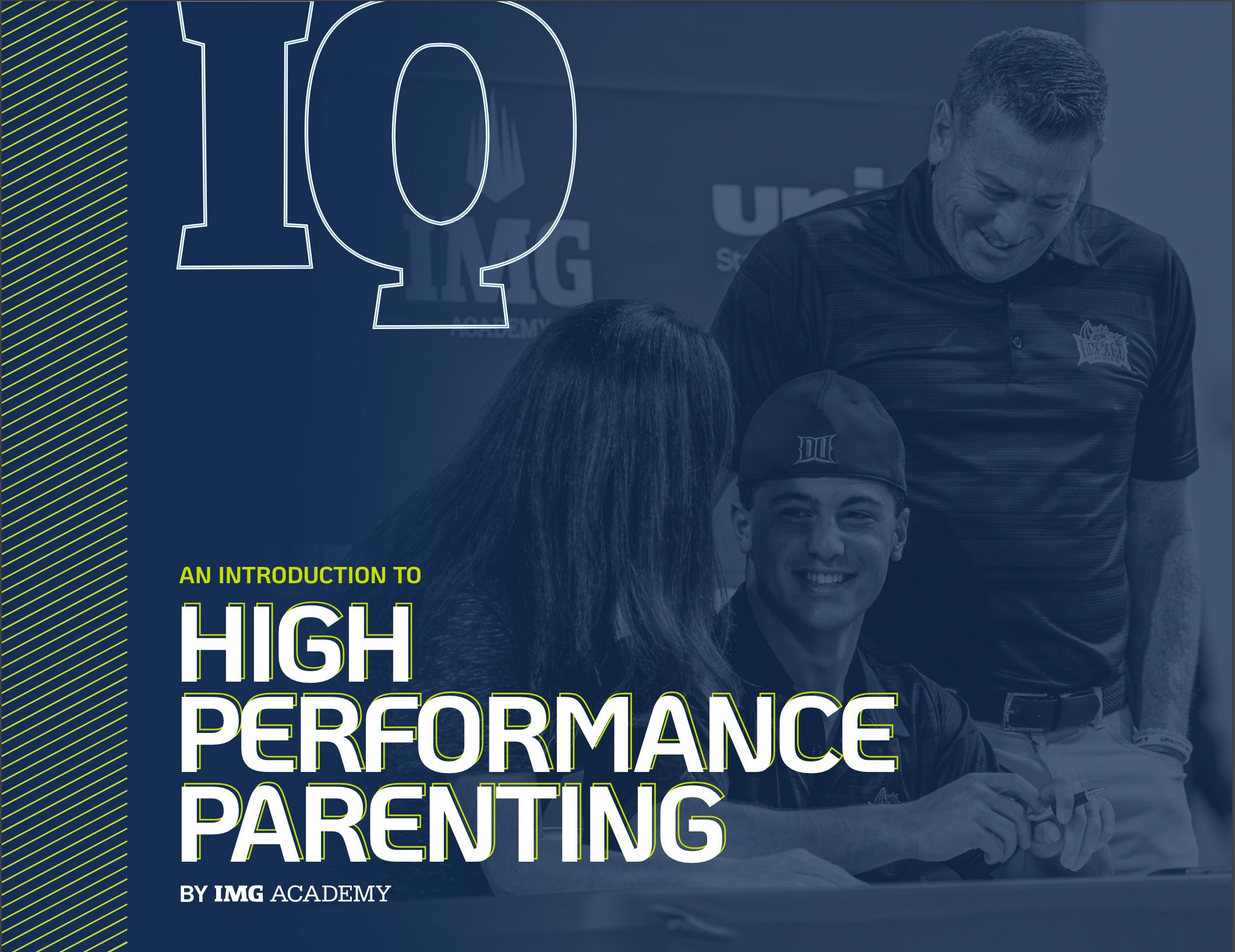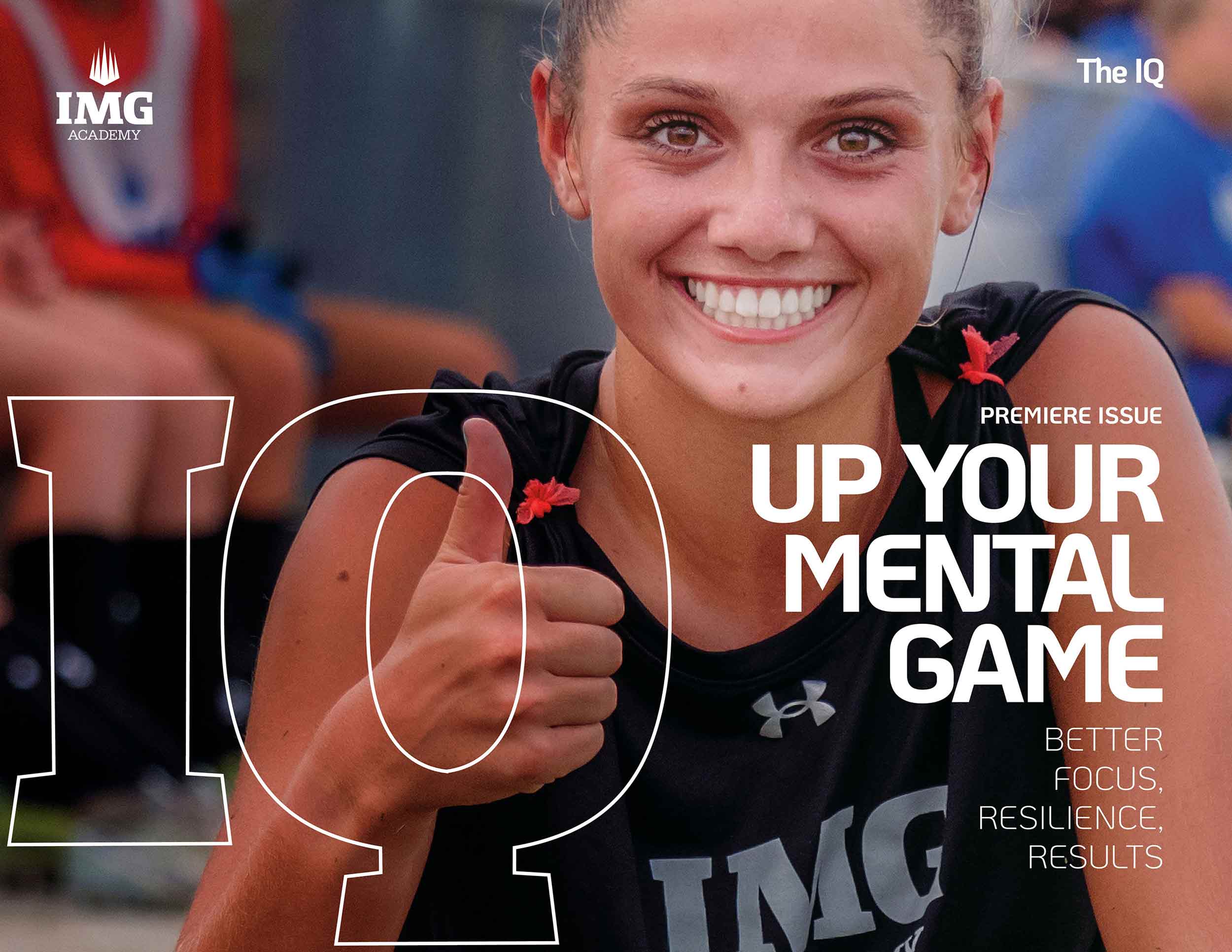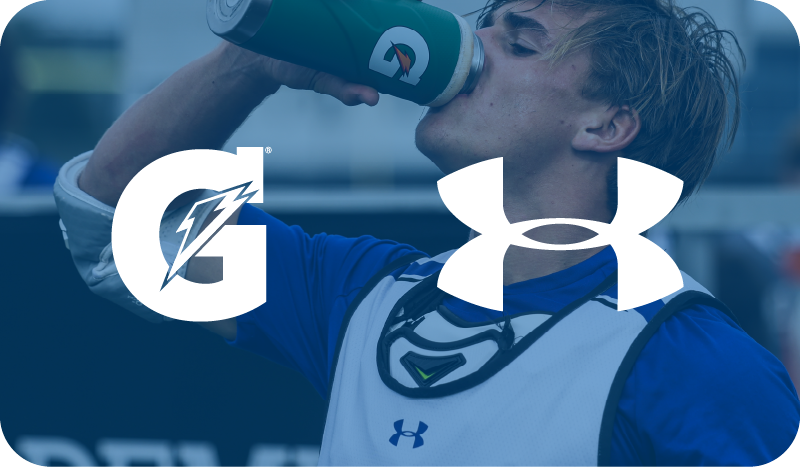Athletes who have been there want to go back. Those who have never been dream of one day getting there. And those who are there right now don’t always know how they arrived.
Where’s there? Some people refer to it as “being in the zone.” It is an athlete’s nirvana, where the basket looks twice as big, the ball travels in slow motion, the crowd disappears, and a player’s focus is so intense that it has been compared to an out-of-body experience.
“It’s like being in the eye of a storm,” says Lindsey Hamilton, Head of Mental Performance at IMG Academy. “You are calm internally, and everything feels quiet and it feels a bit slower, even while all the chaos is spinning around you.”
In the zone, or what many psychologists and other experts now call the flow state, people are able to “navigate that space with calm, with clarity, and with certainty. You’re experiencing the play as opposed to forcing it or rushing it or being caught up in the chaos of the performance,” Hamilton says.
Within the flow state, competitors tap into their peak abilities and can coalesce all of their training into an optimal performance. Every athlete wants to get there, of course, but striving too hard or trying to force their way into the zone might just be the thing that holds them back.
So, how do experts explain the flow state, and what, if anything, can a student-athlete do to get there? Read on.
A Brief History of the Flow State
When psychologist Mihaly Csikszentmihalyi was doing research for his seminal 1990 book Flow: The Psychology of Optimal Experience, he interviewed athletes and artists, among others, to try to answer the question of how to reach the zone, which he termed a state of flow.
Csikszentmihalyi’s book became a bestseller, and the world of sports quickly seized upon the concept of the flow state. Hall of Fame football coach Jimmy Johnson specifically mentioned the influence of Csikszentmihalyi’s book on his team in the lead-up to Super Bowl XXVII in 1993. The Dallas Cowboys would go on to win the game decisively, claiming the first of three NFL titles in a span of four years. And countless other athletes, from Michael Jordan to Serena Williams, have referenced a state of flow they’ve experienced during competition.
How Do Athletes Know They’re in the Flow State?
Being in the flow state doesn’t always feel the same for every student-athlete, and the journey to get there can be different for everyone. So, to understand what the flow state feels like to the student-athletes she works with, Hamilton asks them.
“When you’re playing at your best, what is that experience like for you?” she says. “They’ll tell me: I feel more settled and confident, as opposed to rushed and panicky and stressed. I can see the field more, versus where I can’t see anybody.”
Hamilton and the student-athlete will then examine what led up to that feeling.
“It’s super helpful to reflect back and see what could have contributed to that in the minutes before, the days before, even the month before. What was it that made them feel like they had certainty in that moment? What gave them clarity?” she says.
Those types of questions are meant to build a healthy connection between good habits and flowlike performance, without detouring into unhealthy superstitions. For example, if excellent hydration, a pregame breathing ritual, or zeroing in on a scouting report eventually led to an in-game experience of flow, you’ve now identified some patterns to repeat.
Training for the Flow State
Reaching the flow state is one of the most challenging things a student-athlete can pursue, and the reasons are familiar. Everyone has experienced a cluttered mind, heard negative self-talk, felt a crisis of confidence, been overwhelmed by distractions, or failed to focus when it was needed. All of that is the antithesis of the flow state.
“When people are really struggling with mental performance, it’s very clear that there’s so much chatter that they don’t know what to pay attention to,” Hamilton says. “Then they’re thinking about the fact that they’re thinking about the thing and not paying attention, and it just gets wild.”
The other end of the spectrum from this type of chaotic internal dialogue is an approximation of the flow state, so Hamilton says one way to prepare for the flow state is to simplify pervasive thoughts.
“We’re not going to go from all the things to nothing. And, quite honestly, if you tell somebody to think about nothing, that’s just as counterproductive,” she says.
Instead of thinking about thinking about nothing, Hamilton suggests that student-athletes go back to her eye-of-the-storm metaphor and acknowledge that there will always be a lot happening around them. The training, then, should teach athletes to “not get swept up in the storm but stay where the breeze is a little more manageable,” she says, and a practice like mindfulness can help sharpen that skill.
The Relationship Between Meditation, Mindfulness, and the Flow State
Meditation and mindfulness are scientifically proven methods for enhancing mental performance, and describing the flow state can sound a bit like the meditative goal of being present in every moment. There are some important differences, however.
“Mindfulness is a tool that you can use to get to a flow state, but mindfulness in and of itself isn’t just having a clear mind. It’s actually focusing on purpose without judgment,” Hamilton says. “We’re not judging ourselves for what we’re saying or thinking or doing. We’re able to be there in the present moment, and then that puts us in a place where the flow state is more likely.”
Meditation and mindfulness, she says, are practices to help student-athletes prepare their minds to accept the flow state when it presents itself, but mindfulness is not flow.
Ultimately, Hamilton says, combining many mental performance practices and avoiding getting discouraged along the way put student-athletes on the path to the flow state, a long and winding journey that will undoubtedly be filled with ups and downs. The key is to stay on the path and not rush toward the finish line.
“If you’re chasing a flow state, you’re going to have a hard time,” Hamilton says. “If you’re allowing yourself to be present and make space for a flow state to arrive, you’re going to have a better outcome.”
Ready to learn how you perform in the clutch? Take IMG Academy’s on-demand focus course.










